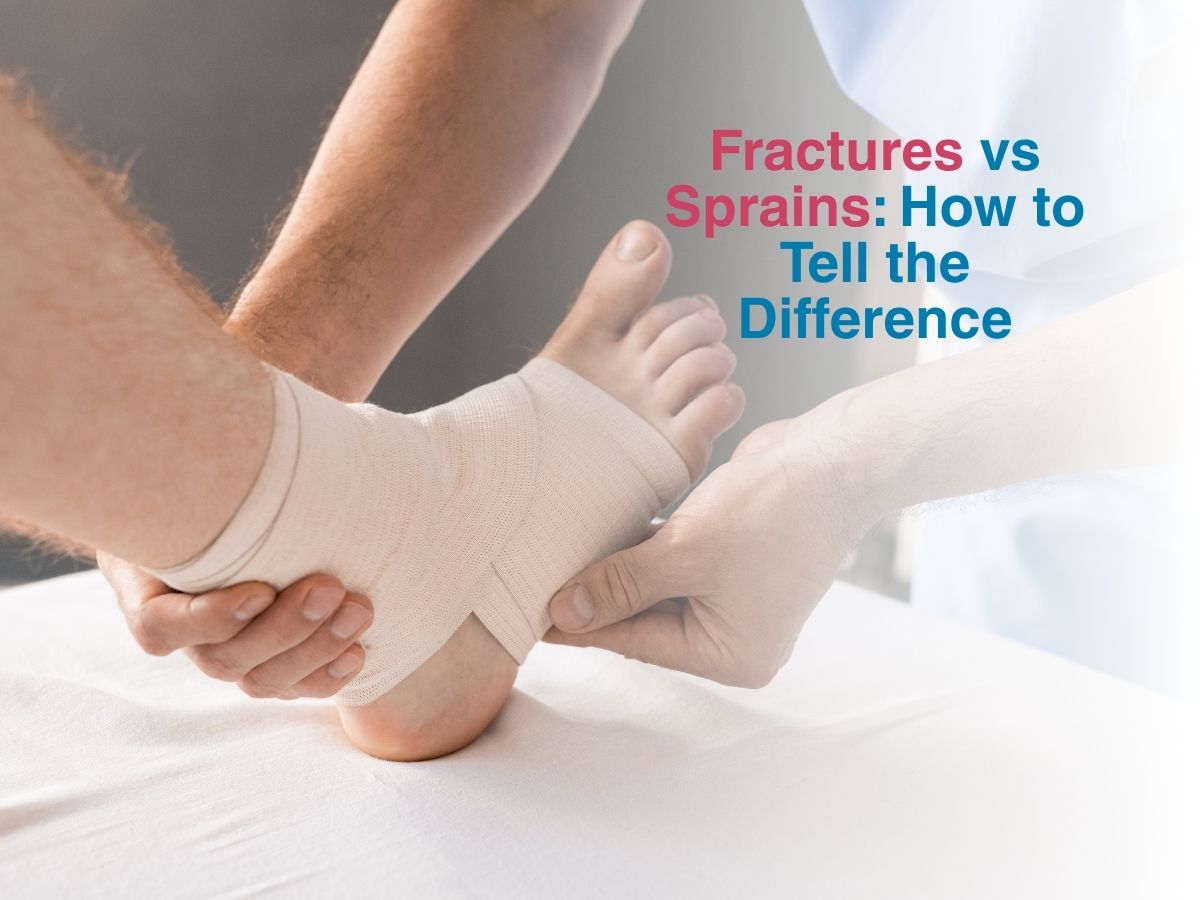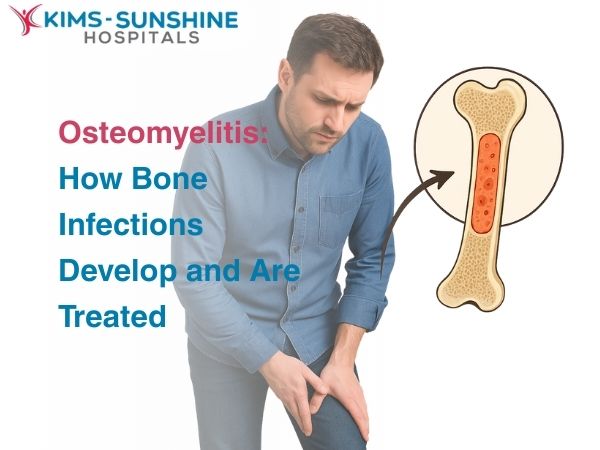
Fractures vs Sprains: How to Tell the Difference

Sprain vs Fracture Pain Comparison-
Pain speaks in its own dialect and while we may not have words to capture every shade of it, we can learn to listen closely; the pain of a sprain feels like a lingering ache, one that grows sharper when you try to move the injured joint, yet softens somewhat with rest. Though it may be accompanied by tenderness and weakness, it does not usually possess the unforgiving intensity of a fracture. Pain caused by a fracture is sharper, deeper and almost electric as it refuses to let you rest or reposition comfortably. It punishes you even when you are still and each attempt to put pressure on the injured limb is like striking against a fault line, provoking searing discomfort that makes walking nearly impossible. This is how your body distinguishes one from the other, even if our minds sometimes struggle to interpret the message.
When To See A Doctor For A Sprain Or Fracture?
There are moments when hesitation does more harm than good and recognising these moments is vital; if swelling balloons within minutes of injury, if pain is so intense that no position feels comfortable, if the joint looks deformed or bent in a way it never did before, if you cannot take more than a step or two without support, or if tingling, numbness, or a cold sensation creeps into your toes, then these are the body’s alarm bells and they cannot be ignored. In such cases it is not just about temporary relief but about preventing long-term damage. While a sprain is slightly more forgiving with a delay, a fracture punished by neglect may heal poorly, leaving crooked bones, weaker joints and complications that follow you for years. This is why a doctor’s assessment is not a luxury but very much a necessity.
Home Remedies For Sprained Ankle vs Broken Bone-
At home, once the nature of the injury is clear, the path of care splits like two roads; for a sprain, the age-old rule of RICE: rest, ice, compression and elevation, remains a steady guide. Your ankle is allowed to rest instead of being forced into action, and ice helps reduce swelling, while it also comfortably numbs the throbbing pain. Compression from a bandage supports tissues, and elevation above the heart drains excess fluid. With rest after a couple of days, as pain softens, gentle stretches and gradual strengthening exercises reintroduce mobility and trust to the joint. For a fracture however, the opposite holds true, because broken bones should not be tested or stretched or coaxed into motion. They demand stillness, they demand professional immobilisation through splints, casts or sometimes surgery and though pain relief and careful positioning can be done at home in the first moments, the real treatment must come from trained hands. Bones out of place will not find their way back on their own and delay only increases the risk of lifelong issues. Hence, it is worthwhile to remember that sprains may be healed with home remedies, but fractures demand the attention of a trained set of hands in a clinical setting.
Conclusion
In a country like India where life moves quickly, injuries like sprains and fractures are almost inevitable. While both may leave you nursing swollen ankles and tender feet, they are not the same – for one tests the resilience of ligaments while the other breaks the bone’s continuity. The corresponding pain, swelling and ability to walk – all tell different stories if only we listen carefully, and though it is tempting to dismiss such injuries as small setbacks, the wise choice is to act with discernment. This means knowing when ice packs and rest suffice and when X-rays and medical care become non-negotiable.In the end, the difference between healing well and living with long-term consequences often lies not in the injury itself but in how quickly and carefully it is understood.






